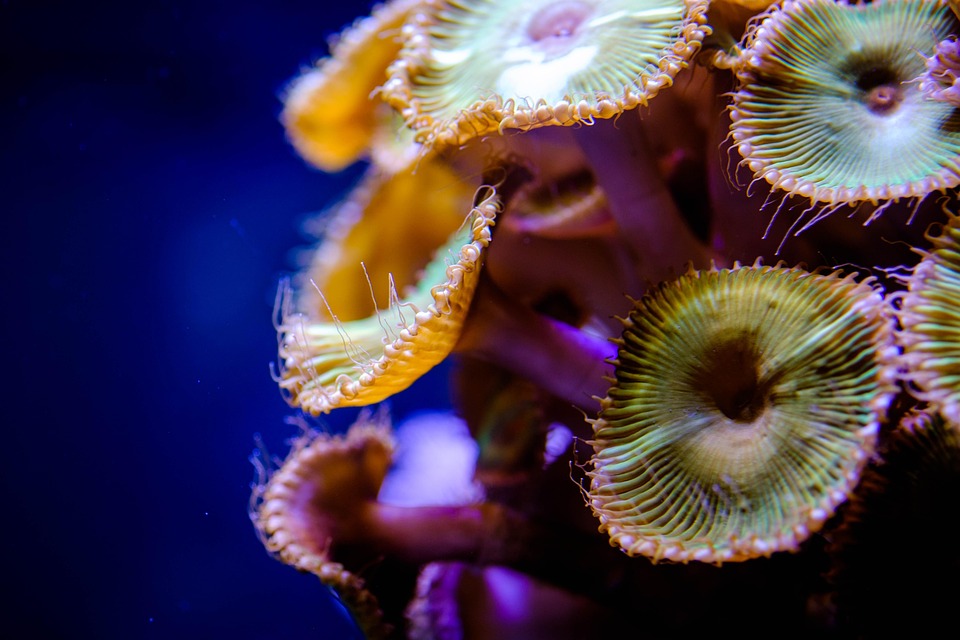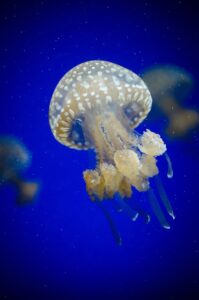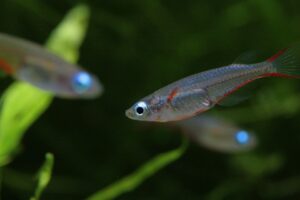
Introduction
Saltwater aquariums are a captivating addition to any home, offering a vibrant display of marine life that can provide endless fascination. However, maintaining a saltwater fish tank requires dedication and knowledge. Unlike freshwater aquariums, saltwater tanks involve more complex ecosystems that demand precise care to keep your aquatic inhabitants healthy and thriving. In this article, we will explore essential maintenance tips for saltwater fish tanks, ensuring that you can provide the best possible environment for your marine friends.
Understanding the Basics of Saltwater Aquarium Maintenance
Before diving into specific maintenance tips, it’s crucial to understand the basic principles of saltwater aquarium management. Saltwater tanks mimic the natural oceanic environment, which means they require careful monitoring of several parameters to maintain balance, including salinity, pH, temperature, and nutrient levels. A well-maintained tank will not only support the health of your fish but also enhance the beauty of your aquarium.
Regular Water Changes
One of the most important aspects of saltwater tank maintenance is conducting regular water changes. This practice helps in diluting toxins, removing waste, and replenishing essential minerals. Aim to change 10-20% of the tank’s water every two weeks. Ensure that the new water matches the tank’s temperature and salinity to avoid shocking your marine life. Use a high-quality salt mix specifically designed for marine aquariums to ensure the right mineral balance.
Monitoring Salinity and Specific Gravity
Salinity and specific gravity are critical parameters in a saltwater aquarium. Fluctuations can stress or even harm the inhabitants. Use a refractometer or hydrometer to monitor these levels regularly. The specific gravity should typically be between 1.020 and 1.025, although some species may require more specific conditions. Always adjust salinity levels gradually to prevent sudden changes that could distress your fish and corals.
Stabilizing Temperature
Maintaining a stable temperature in your saltwater aquarium is crucial for the health of your marine life. Most saltwater tanks should be kept between 74°F and 78°F (23°C and 26°C). Invest in a reliable aquarium heater and a digital thermometer to monitor and control the temperature consistently. Avoid placing the tank near windows or heat-emitting appliances, as these can cause temperature fluctuations.
Maintaining Optimal pH Levels
The pH level of your saltwater tank is another vital factor that influences the health of your aquatic life. Most marine species thrive in a pH range of 8.1 to 8.4. Regularly test the pH and make adjustments using commercial pH stabilizers if necessary. Abrupt changes in pH can be harmful, so any corrections should be made gradually.
Ensuring Proper Filtration
A robust filtration system is essential for the success of a saltwater aquarium. Mechanical, chemical, and biological filtration work together to keep the tank environment clean and safe. Regularly clean or replace filter media to prevent clogging and maintain efficient operation. Protein skimmers are also highly recommended for removing organic waste before it breaks down into harmful compounds.
Lighting Considerations
Lighting plays a critical role in the health of both fish and corals in a saltwater aquarium. Proper lighting supports coral growth and enhances the colors of your fish. Invest in high-quality LED or T5 lighting systems designed for marine use. Ensure that the lighting schedule mimics natural daylight patterns, typically 8-12 hours of light per day. Be mindful of algae growth and adjust lighting accordingly if you notice excessive algae build-up.
Managing Nutrient Levels
Nutrient levels, particularly nitrates and phosphates, need careful management in a saltwater tank. Excess nutrients can lead to algae blooms and other water quality issues. Regularly test the water for these compounds and use chemical media such as activated carbon or phosphate removers to keep levels in check. Feeding your fish in moderation and removing uneaten food promptly will also help reduce nutrient accumulation.
Cleaning and Maintenance Routine
Establishing a regular cleaning and maintenance routine is crucial for the long-term success of your saltwater aquarium. This routine should include:
- Checking and cleaning filters and protein skimmers weekly.
- Siphoning debris from the substrate during water changes.
- Cleaning algae from the glass and decorations as needed.
- Inspecting equipment for wear and tear and replacing parts as necessary.
Consistency is key, so set reminders and keep a logbook to track maintenance tasks and water parameter tests.
Quarantining New Additions
Introducing new fish or corals to your tank without proper quarantine can introduce diseases and parasites. Always quarantine new additions in a separate tank for at least two weeks before adding them to your main aquarium. This practice allows you to monitor their health and treat any issues in isolation, protecting the established inhabitants of your main tank.
Observation and Monitoring
Regular observation of your fish and corals is an often-overlooked aspect of maintenance. Spend time each day watching for any signs of stress, illness, or unusual behavior. Early detection of problems can prevent minor issues from becoming major ones. Keep an emergency kit with medications and equipment on hand to address any health concerns promptly.
Conclusion
Maintaining a saltwater fish tank can be a rewarding challenge, offering the opportunity to create and sustain a miniature marine ecosystem. By following these essential maintenance tips, you can ensure a healthy and thriving environment for your aquatic inhabitants. From regular water changes to careful monitoring of water parameters, each aspect of maintenance plays a vital role in the overall success of your saltwater aquarium. With dedication and attention to detail, you can enjoy the beauty and serenity of your saltwater tank for years to come.
#ChatGPT assisted in the creation of this article.








